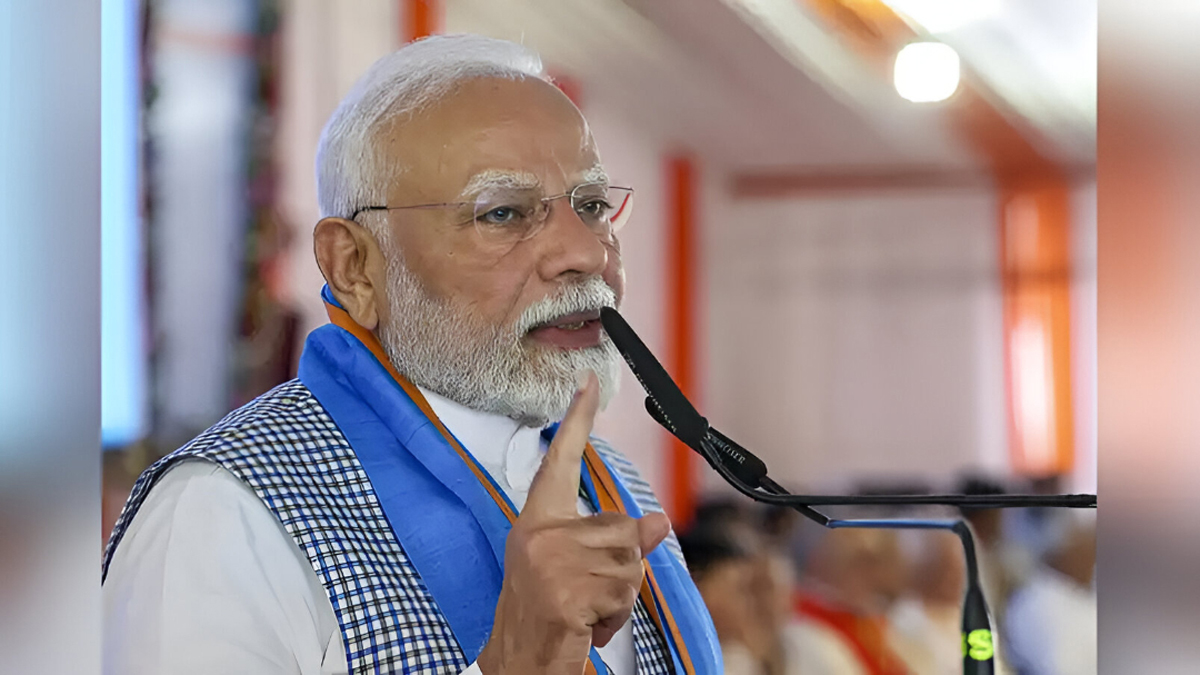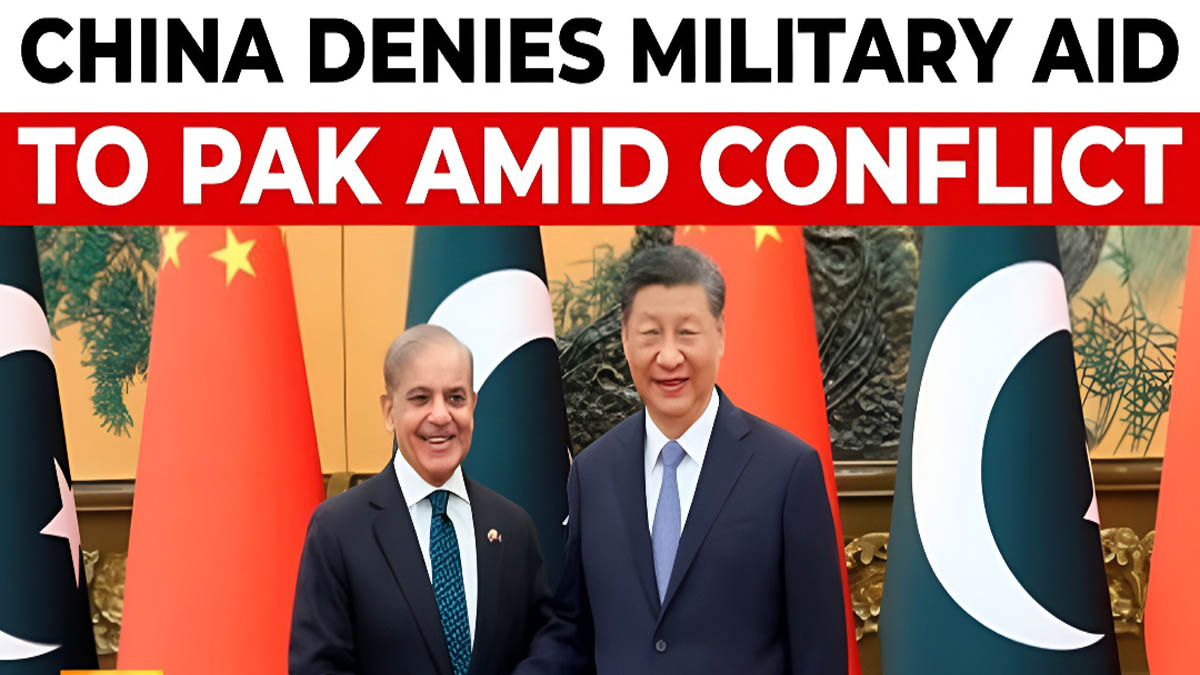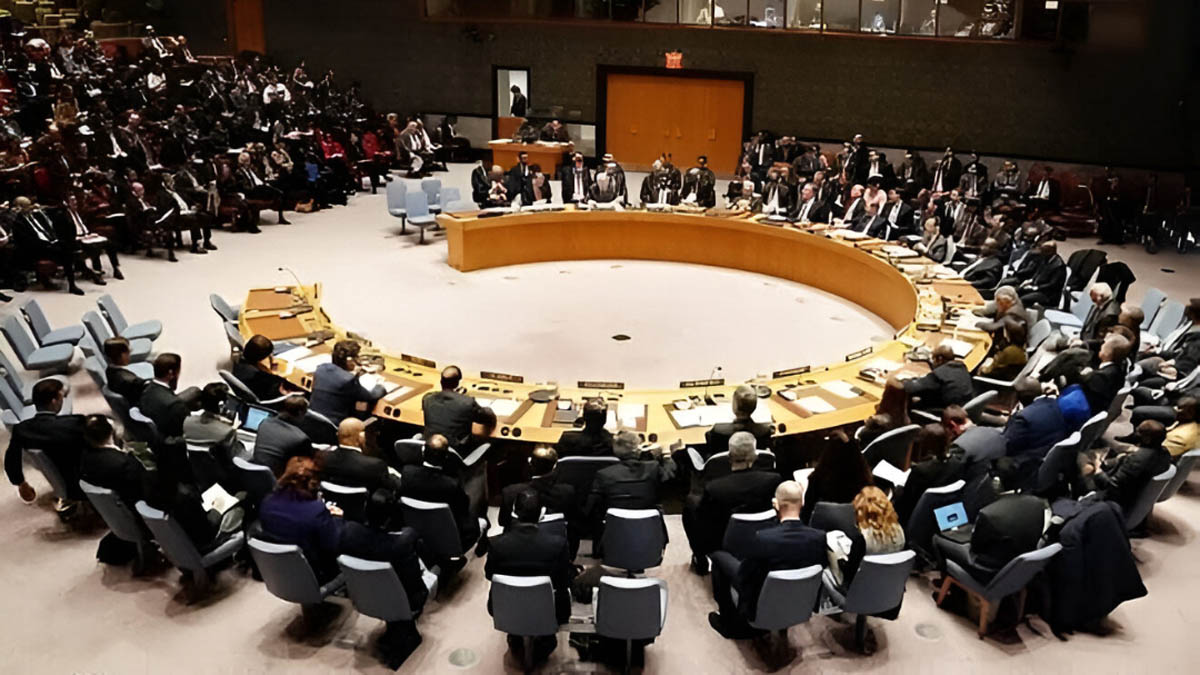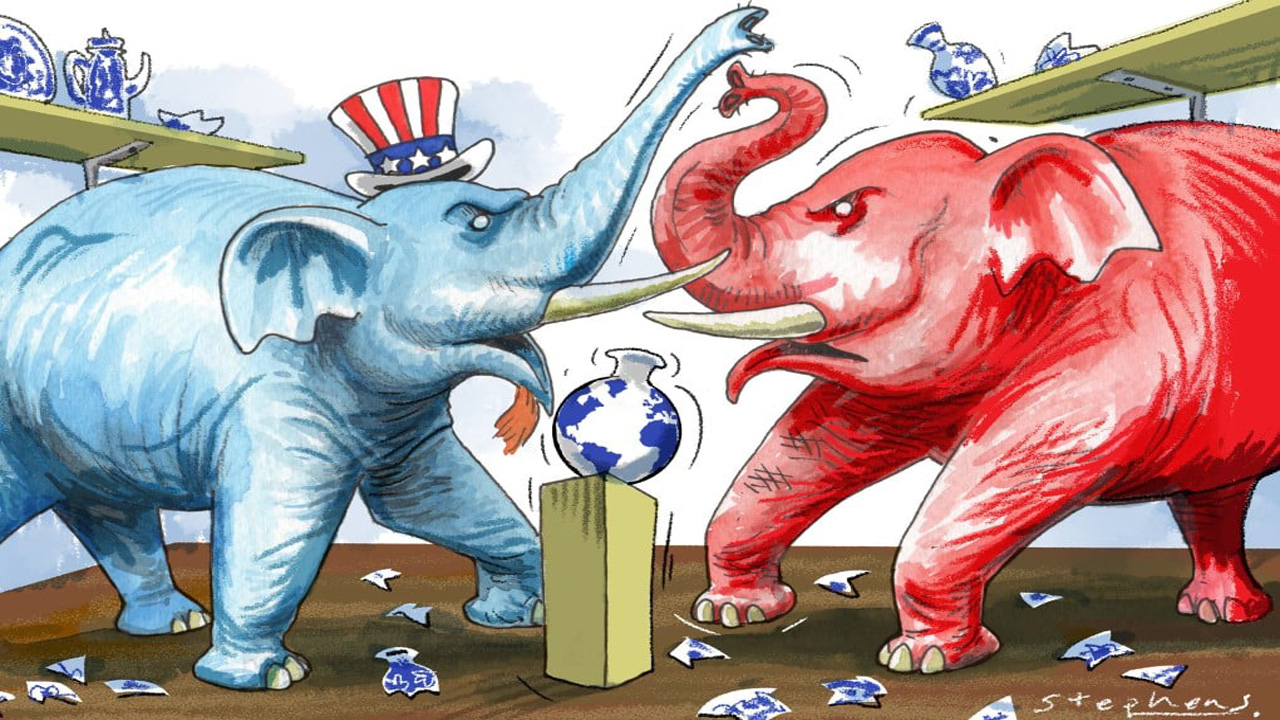New Delhi, November 20, 2025: A devastating fire was recently reported at a historic Chinese temple, resulting in significant damage to the structure. The alarming incident was captured in a
All posts tagged in China
New Delhi, November 18, 2025: The OPPO Reno 15 was officially announced on November 17, 2025, in China, with its design and specifications being heavily influenced by premium components. This
New Delhi, November 12, 2025: A dramatic video capturing the moment a section of the newly constructed Hongqi Bridge in Sichuan province, China, partially collapsed has rapidly gone viral, sparking
Tata-owned Jaguar Land Rover (JLR) has once again extended its production halt, a decision driven by the ongoing fallout from a significant cyberattack that first struck on September 2nd. The
Prime Minister Narendra Modi has reaffirmed India’s unwavering commitment to BRICS, emphasizing its pivotal role as a platform for robust cooperation among the world’s emerging economies. As he embarked on
Huawei has officially launched its highly anticipated Pura 80 series, a lineup that is poised to redefine mobile photography with its groundbreaking camera innovations. Unveiled on June 11, 2025, in
A recent report by a think tank affiliated with India’s Ministry of Defence has revealed that China provided significant military assistance to Pakistan during its recent conflict with India. This
The United Nations Security Council (UNSC) is scheduled to hold closed-door consultations today to discuss the escalating tensions between India and Pakistan. This development follows a formal request from Pakistan
The recent decision by former U.S. President Donald Trump to cut funding to several U.S.-backed media outlets has drawn a sharp reaction from China, with officials and state media expressing
Nestled amidst the lush, rolling hills of Pu’er, Yunnan, China, a unique architectural gem has emerged, seamlessly blending coffee culture with the region’s breathtaking natural beauty. The “Pu’er Beautiful Star
- 1
- 2















